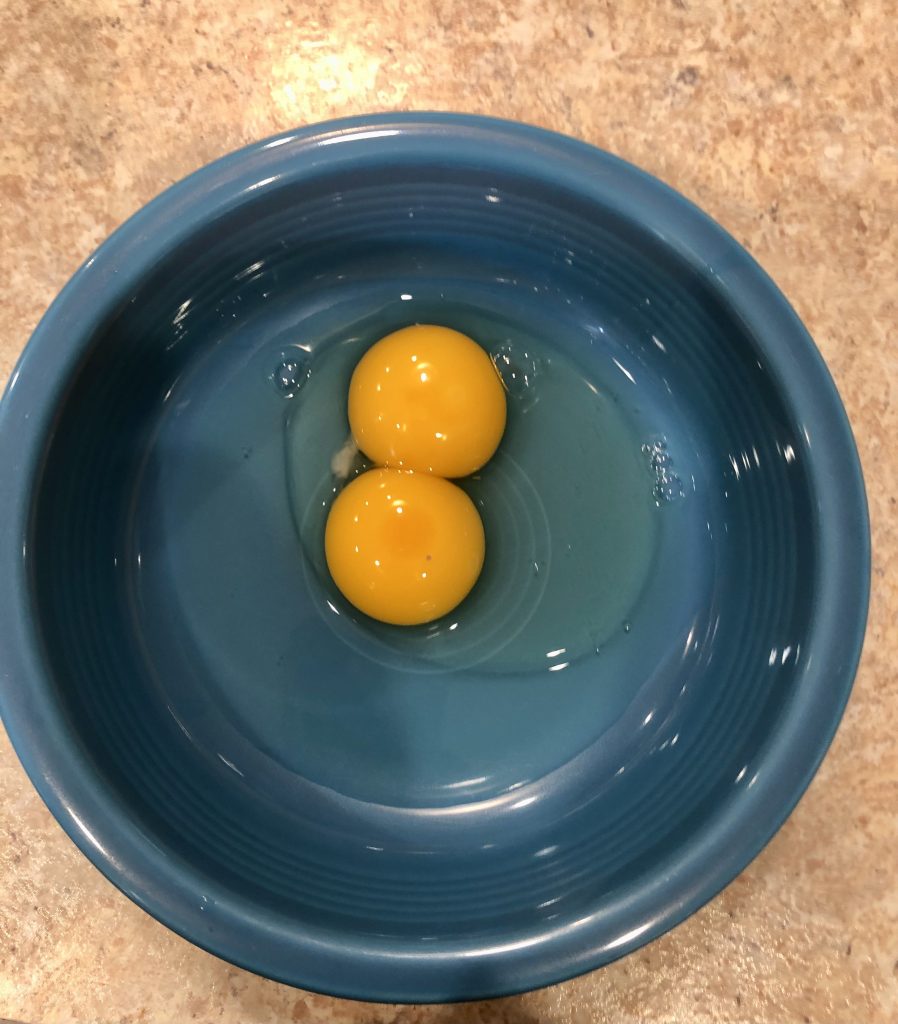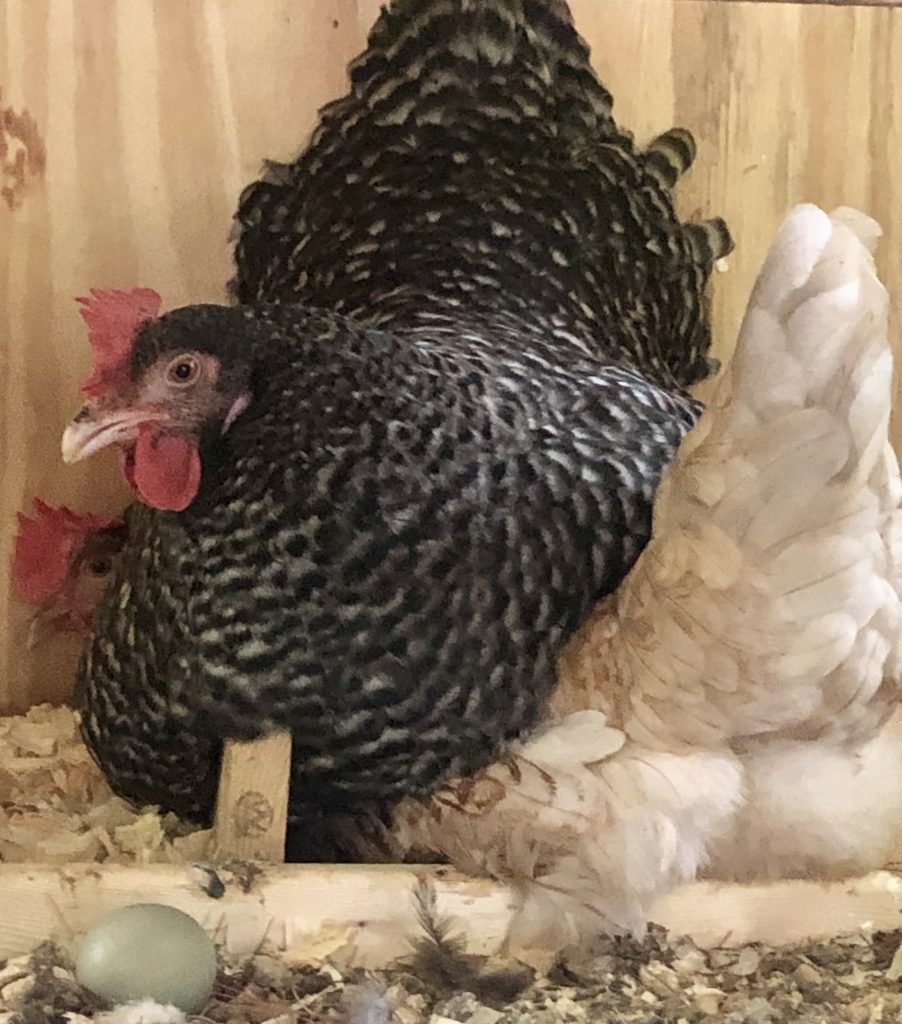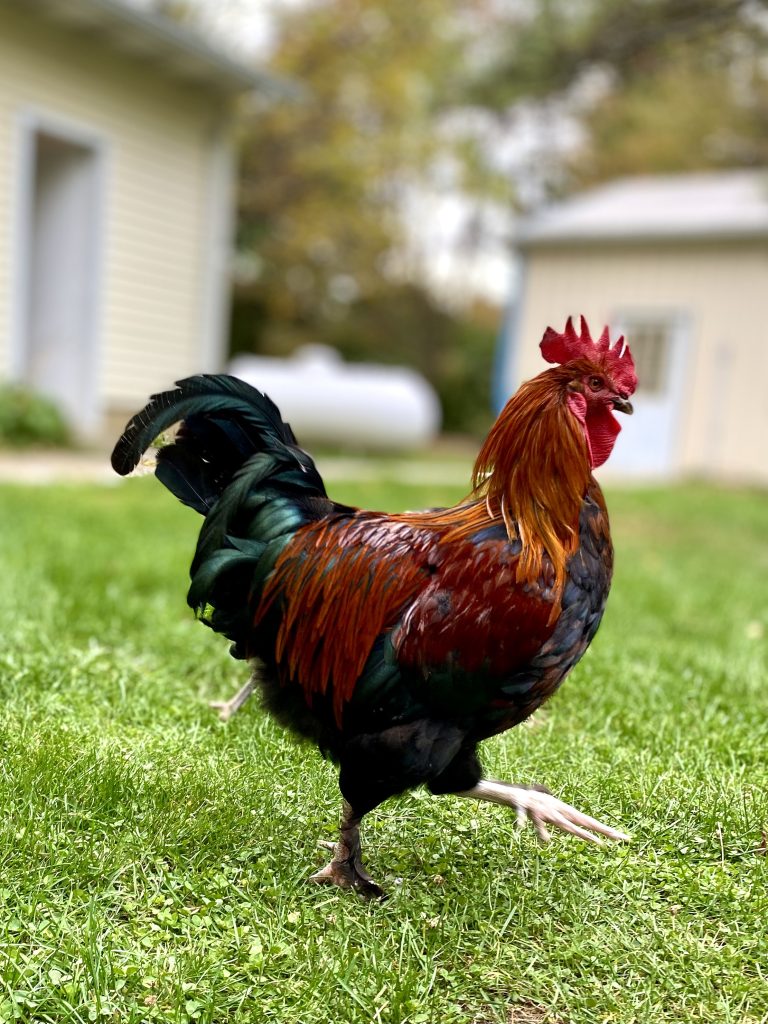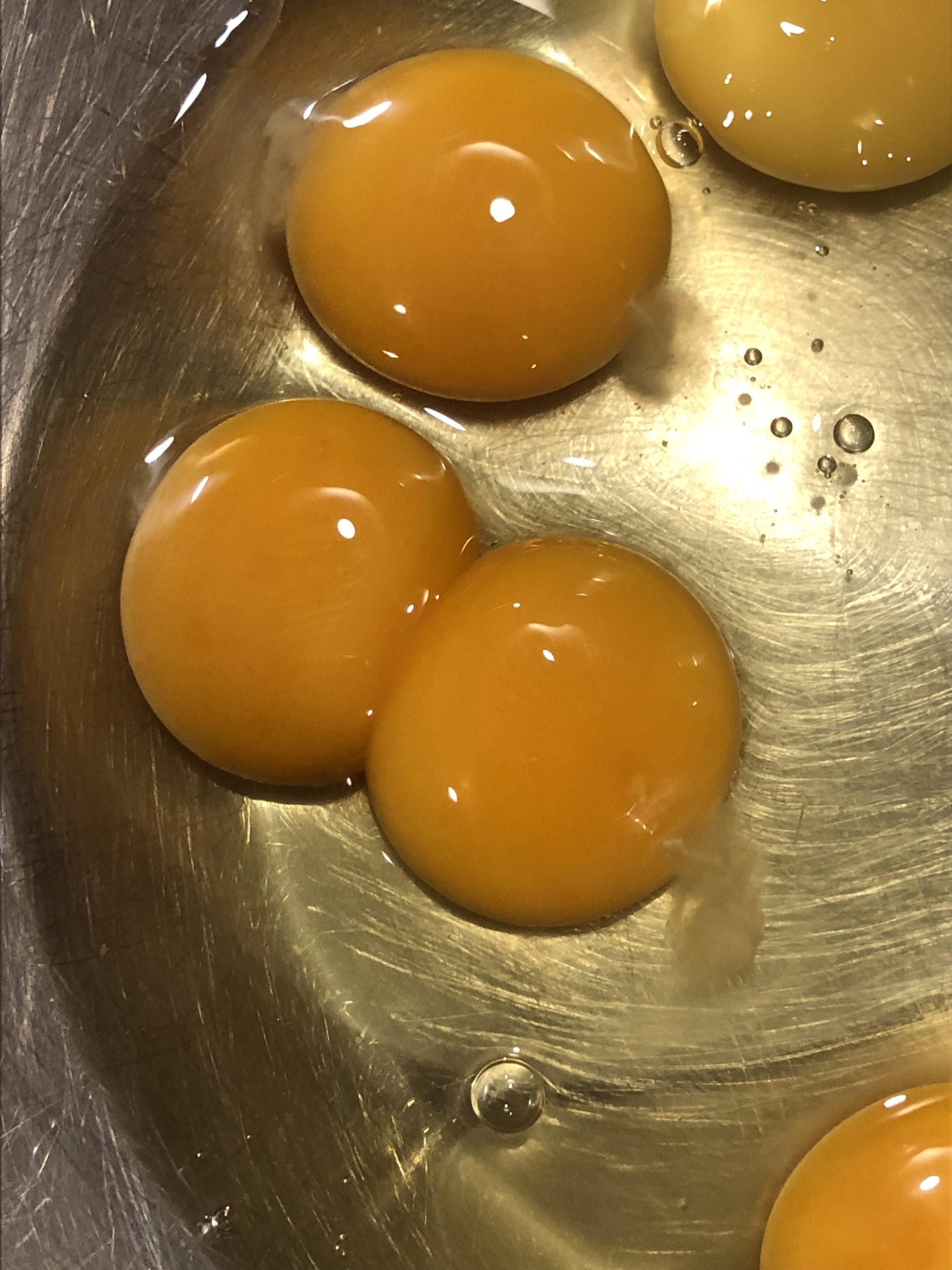It’s common knowledge that the eggs we are most acquainted with in the grocery store are laid by female chickens. But the details behind how the hen forms the eggs deserve a deep dive.
When a female chick hatches, it already has all the eggs it will lay in it’s lifetime contained in it’s ovaries. Depending on the breed of chicken, they will start laying eggs anywhere from 16-20 weeks of age. Some breeds lay an egg nearly every day, where others will lay less frequently – potentially only once or twice a week.
The egg forming process starts when a mature yolk is released from the hen’s ovary. The yolk travels down the tube called the oviduct where the albumen (egg white) forms around the yolk. This also produces the chalaza – the white string-like material inside of the egg that serves as a tether for the yolk.

Next, the thin rubbery shell membrane is formed around the yolk and albumen. Once that happens, the egg moves to the hen’s uterus where it will spend the majority of it’s time forming the final hard shell around the egg. This is also where the color is added to the shell if you have a hen that lays colored eggs. The very final layer, called the bloom, is added last to protect both the hen during laying, and the contents of the egg once it has been laid.
Hens will find a nice quiet, private place to lay their egg – ideally in their nesting boxes, though they love to find new and creative places to hide their eggs! Once they have laid their egg, they will start clucking away with ‘the egg song,’ a specific tune they cluck just for this occasion, then they rejoin their flock.

The entire process usually takes about 26 hours from start to finish. This also results in the hens laying at different times of the day each day. I like to check the nesting boxes frequently throughout the day (especially in winter!) to make sure I keep the eggs as clean as possible and also to avoid them freezing during the winter.
A common misconception is that in order to get eggs, you need a rooster around. This is NOT actually the case if all you are after are eggs. The chickens will produce the same amount of eggs whether there is a rooster or not. If you are looking to have fertilized eggs to be able to hatch your own, then you would need to have a rooster with your hens.

If you collect eggs daily, you should not have to be concerned about any unexpected surprises when you crack open the egg. In order for a baby chick to start developing, a hen has to sit on the eggs, keeping them at a consistent temperature of 95 degrees. Vein development doesn’t start to show until day 3 of her sitting on them consistently. When in doubt, you can candle your eggs to check for any development.
It’s truly impressive to know all of the work that a hen puts in to producing each egg, and it gives me an even deeper appreciation for the food they provide for my family.

